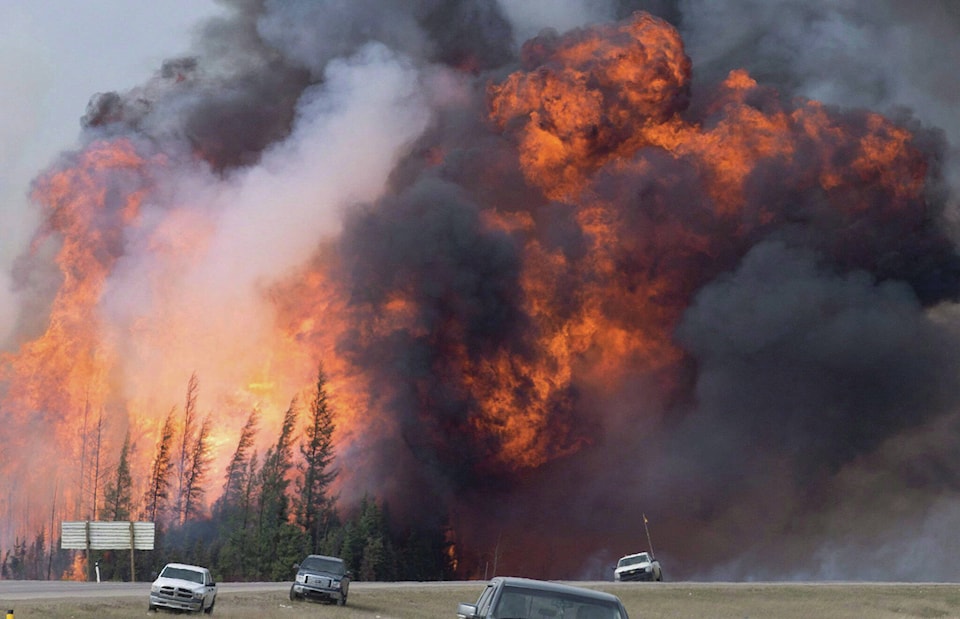A scorcher of a summer and flocks of West Country campers would seem a potentially dangerous combination for sparking wildfires.
Yet, Alberta’s wildfire season passed without a repeat of the devastating experiences in parts of the province of 2016 and 2019. This past season, 1,307 wildfires burned 130,855 acres. The five-year average is about 1,100 wildfires burning 784,000 acres.
In the West Country Public Land Use Zone, located within the Rocky Mountain Forest Area, there were 108 wildfires. Humans were responsible for 80 of them and 27 were caused by lightning strikes. One fire is still under investigation.
While that is higher than the five-year average of 67 wildfires from 2016 to 2020, it is a case of one set of statistics not telling the full story.
“There were a lot of wildfire starts but they were smaller this year,” said Alberta Agriculture and Forestry spokesperson Josee St-Onge. “There were fewer fires that got out of control and take a lot of resources to put out. When it boils down to how many hectares of forest were burnt it’s a lot less.”
The five-year average in the Rocky Mountain Forest Area is 2,269 acres burned. And even that number was brought down by unusually wet springs and summers in 2020 and 2019 when less than 50 acres of forest was destroyed those years. In 2018, more than 6,800 acres were burned and in 2017 more than 4,200 acres.
St-Onge said the success in keeping fire damage to a minimum can be partly attributed to the province’s initial attack program, which managed to contain wildfires before they spread and burned large areas.
“Initial attack crews are typically the first on scene of a new wildfire,” said St-Onge, who is a provincial information officer with the Wildfire Management Branch. “These crews were strategically placed in areas of high fire danger and able to react quickly and efficiently to new wildfire starts.
“We also experienced a relatively quiet spring, which is typically the busiest time for fire activity in Alberta. We did not have sustained dry and windy conditions, which fuel wildfires before vegetation greens up,” she said.
“While Alberta experienced hot and dry stretches during the summer, we were fortunate to have higher humidity than other jurisdictions, like BC. We did not have sustained periods with dry, hot and windy conditions – these three factors combined can lead to extreme fire behaviour.”
The wildfire misfortune of B.C. and Saskatchewan this past summer helped Alberta to an extent. The smoke trapped moisture and at the same time blocked some of the sun’s heat on the hottest days.
Credit for keeping wildfires in check also goes to those who ventured out into the province’s natural areas, which were busier than usual because the pandemic limited travel and got many Albertans thinking about attractions in their own backyard.
St-Onge said most back country users obeyed the fire bans and restrictions that were in place in the Rocky Mountain House Forest Area during periods of high fire danger.
“This could be due to increased interest in prevention, as other provinces were dealing with large out-of-control wildfires that brought smoke into Alberta.”
Province-wide, 62 per cent of wildfires were human-caused and 33 per cent were sparked by lightning strikes. Five per cent are still under investigation.
The province’s relatively tame wildfire season meant Alberta firefighters and equipment could be sent to other provinces that were not as lucky. B.C. got help from 111 Alberta firefighters and 64 support staff and 250 firefighters and 12 support staff went to Ontario.
pcowley@reddeeradvocate.com
Like us on Facebook and follow us on Twitter
